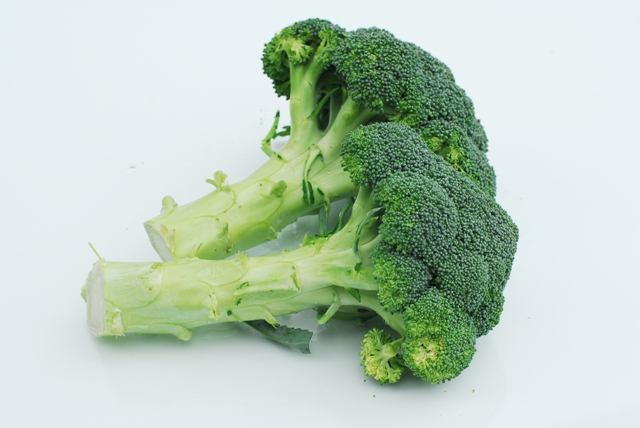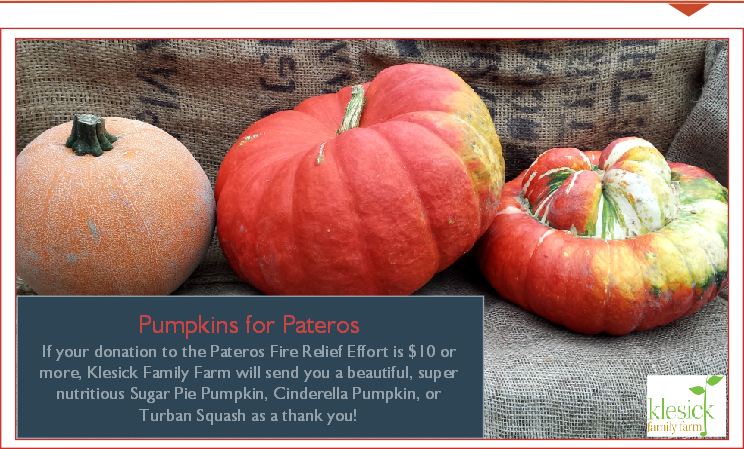I was talking to a group of second graders the other day about farming. I found that they ask some amazingly insightful questions; an insight, I think, that comes from their simplicity. A few were already well on their way to a life of healthy eating.
But as we talked back and forth, I wanted to impress upon them that eating good food starts with the soil and ends with a choice. Choosing an apple or carrot (the most popular vegetable) will help them grow up smart, healthier and strong. I explained to them that healthy plants don’t get sick, and the healthier we are, the less sick we get. It was a delightful 30 minutes with young ones eager to learn.
I too have a choice. I choose to farm without chemicals and work with nature to raise food in a watershed, in a local community, on a family run farm.
Thank you for the choice you also are making. You have chosen to support a farm that raises food without chemicals, in your watershed, in your local community, run by a family on a farm. That choice will make all the difference in the world for your health, your family’s health and your community’s health.
That is why planting the first crops of spring are so special for me, because I get to raise food for local folks – who get it!
Last week we took advantage of the nice weather and got a goodly amount of healthy lettuce and peas planted! It feels so good to get some crops in the ground.
Hang on, the local season starts with planting and ends with good food on your plate!
Tristan






